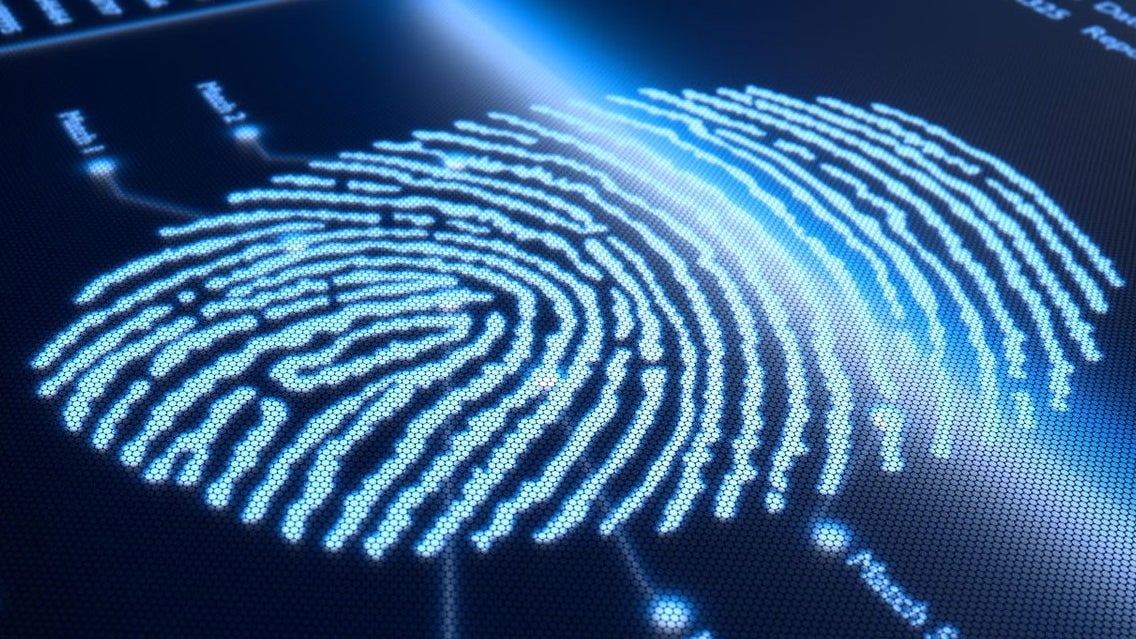New fingerprint sensor will check if you're alive

As the strive for thinner bezels and elegant designs continues, new technologies are needed to keep the functionality of our smartphones.
One of the most talked about innovations this year is fingerprint sensors under the display.
Scientists at Ulsan National Insitute of Science and Technology in South Korea published a paper yesterday, explaining the inner workings of their transparent and flexible fingerprint sensor capable of detecting tactile pressure and skin temperature.
The way the researchers achieved the desirable transparency is using nanofibers and nanowires that form the electrodes needed to measure the tiny amount of electrical current that your finger generates. As the names suggest, the width of these wires is so small, they are practically invisible to the naked eye. Unlike the infamous carbon nanotubes, however, the ones used by the scientists are silver based.
Additional level of security is provided by the temperature sensor, meant to detect if the device is touched by a real finger or an inanimate object. The temperature threshold is set at min 30° and max 45°C (86° and 113°F) and we can't help but imagine people furiously rubbing their hands during a blizzard, trying to unlock their phone.
Surely, creative wrongdoers will find a way to trick this sensor as well, but if someone is going through that much trouble to get into your device, you probably need more than consumer grade security.
Potentially, this technology will allow manufacturers to extend the sensor to cover a large portion of the display, if not all of it, so you can unlock your device just by grabbing it.
While smartphones with fingerprint sensors under the display already exist in the market (the Vivo NEX for example), they mostly rely on optical sensors which illuminate your finger through the display to make a reading. They are less reliable and secure than capacitive sensors, meaning that similar solutions to this are likely to be widely adopted by manufacturers. The research paper states that the precision of the sensor was enough to satisfy the FBI's standards for fingerprint extraction, which for most people should be more than enough.
As with all cool things we read about in research papers, it will take some time for us to experience it ourselves, but with a consumer demand that high, we expect it be sooner rather than later.
source: Nature.com via Cnet
One of the most talked about innovations this year is fingerprint sensors under the display.
Additional level of security is provided by the temperature sensor, meant to detect if the device is touched by a real finger or an inanimate object. The temperature threshold is set at min 30° and max 45°C (86° and 113°F) and we can't help but imagine people furiously rubbing their hands during a blizzard, trying to unlock their phone.
Potentially, this technology will allow manufacturers to extend the sensor to cover a large portion of the display, if not all of it, so you can unlock your device just by grabbing it.
While smartphones with fingerprint sensors under the display already exist in the market (the Vivo NEX for example), they mostly rely on optical sensors which illuminate your finger through the display to make a reading. They are less reliable and secure than capacitive sensors, meaning that similar solutions to this are likely to be widely adopted by manufacturers. The research paper states that the precision of the sensor was enough to satisfy the FBI's standards for fingerprint extraction, which for most people should be more than enough.
As with all cool things we read about in research papers, it will take some time for us to experience it ourselves, but with a consumer demand that high, we expect it be sooner rather than later.
source: Nature.com via Cnet
Follow us on Google News












Things that are NOT allowed:
To help keep our community safe and free from spam, we apply temporary limits to newly created accounts: